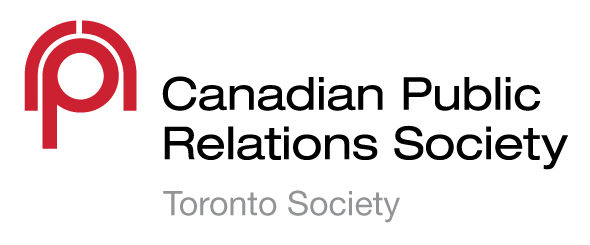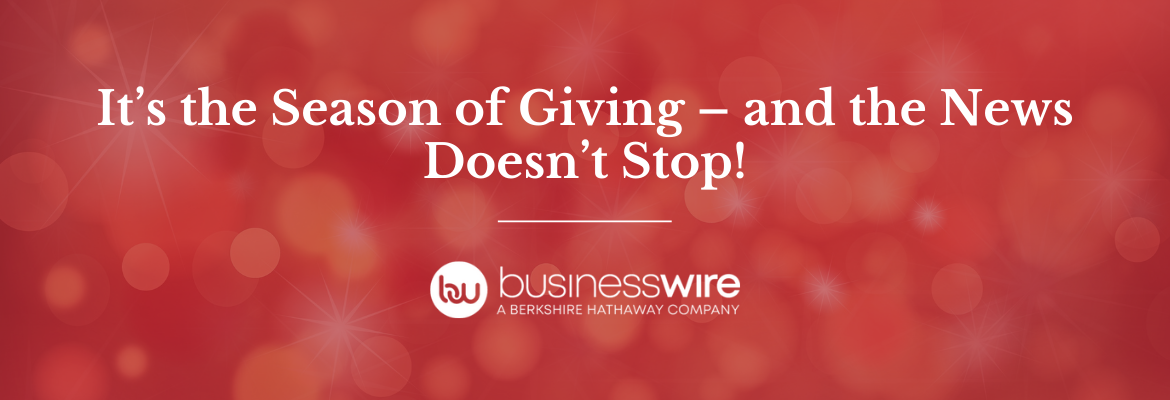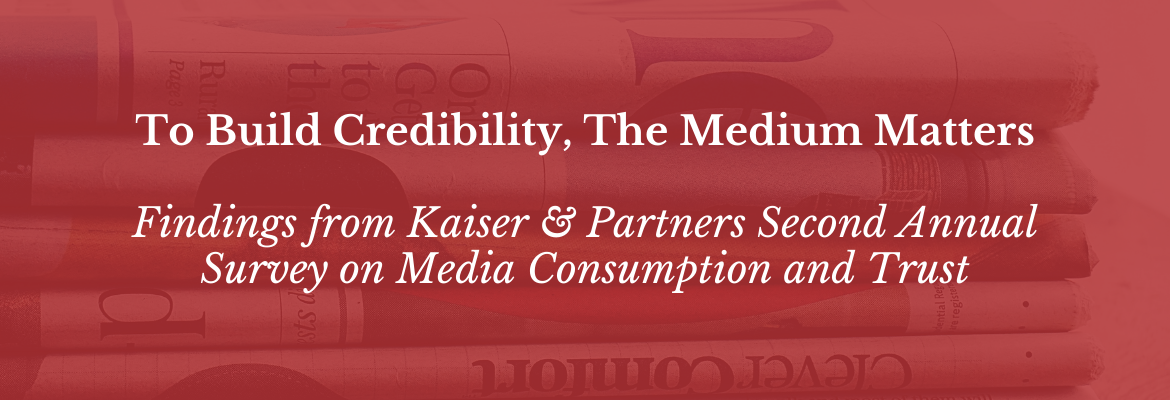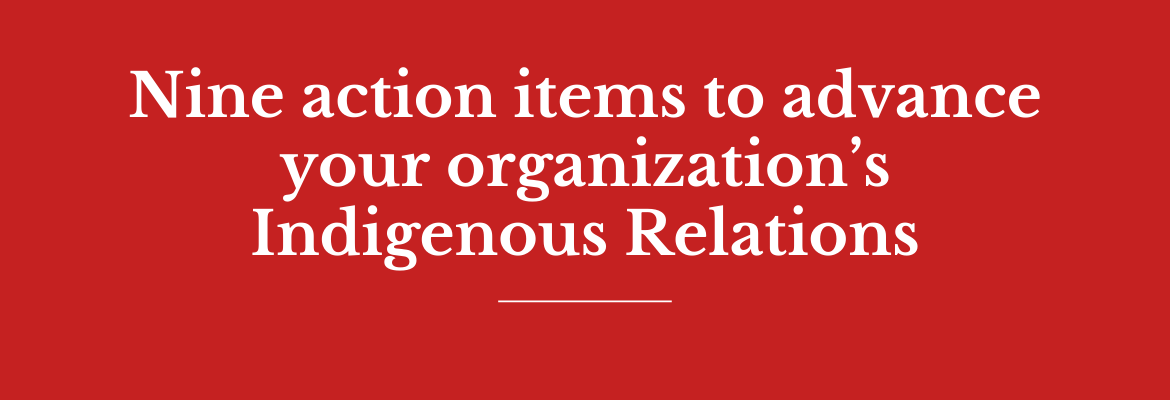Written By: Business Wire Content Team
As the year comes to an end, we look forward to spending more time with friends and family, giving thanks, and winding down. However, the news cycle doesn’t slow down. Many organizations are sharing announcements, year-end recaps, predictions for the new year, and more.
In our recent blog post, Business Wire’s Kathleen Meyer offers tips on how to effectively prepare your company’s end-of-year news, including:
- Researching ideal reporters to pitch
- Being strategic about send time
- Having a compelling, catchy headline
- Being clear and concise
- Sharing any relevant data
- Formatting for easy readability













